A healthy gut is key: Zero Zinc Summit
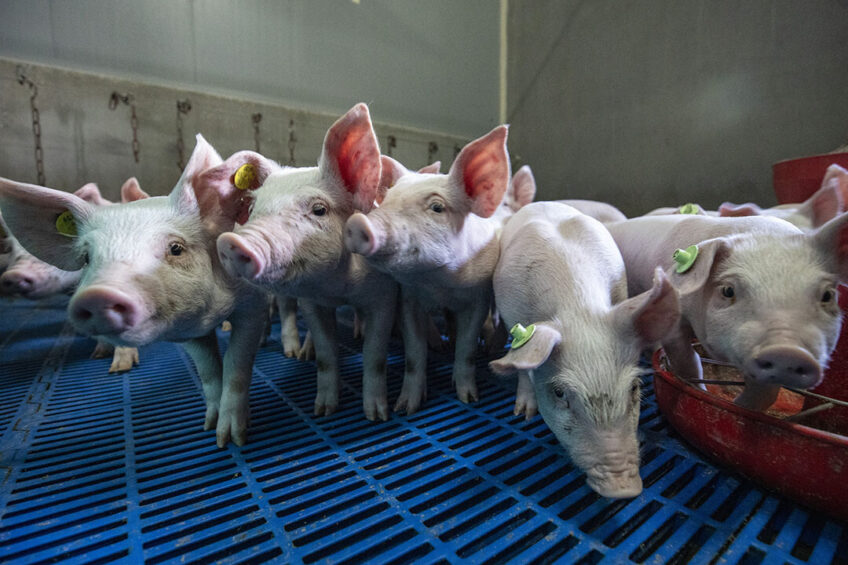
With only 3 days before zinc oxide would be banned from pig diets in the EU, experts gathered in Copenhagen, Denmark, for the second edition of the Zero Zinc Summit. The goal was to elaborate on how to deal with the zero zinc reality. Improving piglet intestinal health seems to be the answer.
For many years, zinc oxide was the most cost-effective way to reduce post-weaning diarrhoea in piglets. For EU pig producers, that era came to an end on 26 June 2022. Increasing antibiotics is not an option and another substitute for medicinal zinc hasn’t been found yet, and so pig producers need to adopt a new production strategy.
Zero Zinc Summit
During the second edition of the Zero Zinc Summit, held 22-23 June 2022, scientists presented the latest results and showed practical examples of how to phase out medical zinc while maintaining productivity.
At the summit’s opening, Christian Fink Hansen, senior director at the Danish Pig Research Centre, said: “With the aim of increasing our knowledge in this area, we have brought together professors and other leading scientists who have devoted many working hours to finding a solution to weaning diarrhoea. We at the Danish Pig Research Centre believe that it is important to share the knowledge that is available so that the phasing out of medicinal zinc does not affect antibiotic consumption, animal welfare and economic profitability.”
In 2 days it became clear that the microbiome of the piglets is one of the most – or even the most – important factor in reducing diarrhoea and improving animal health and performance. The right development of the microbiome in early life will influence animal health later on. However, there are multiple factors in current production strategies that could have a negative impact on establishing a healthy gut.
Piglets weaned too early
It all starts very early in the life of the piglets, before weaning with the colostrum intake, farrowing environment and weaning age – all factors that could influence the occurrence of post-weaning diarrhoea and performance. Dr John Pluske, CEO and chief scientist of the Australasian Pork Research Institute stated: “Most attention goes out to the period after weaning, looking at feeding strategies, however, there is the lactation period before weaning where some opportunities exist.”
According to Dr Pluske, supplementary feeding of the piglet before weaning with either creep feed or supplemental milk is essential to modulation of the microbiome of the young piglet.
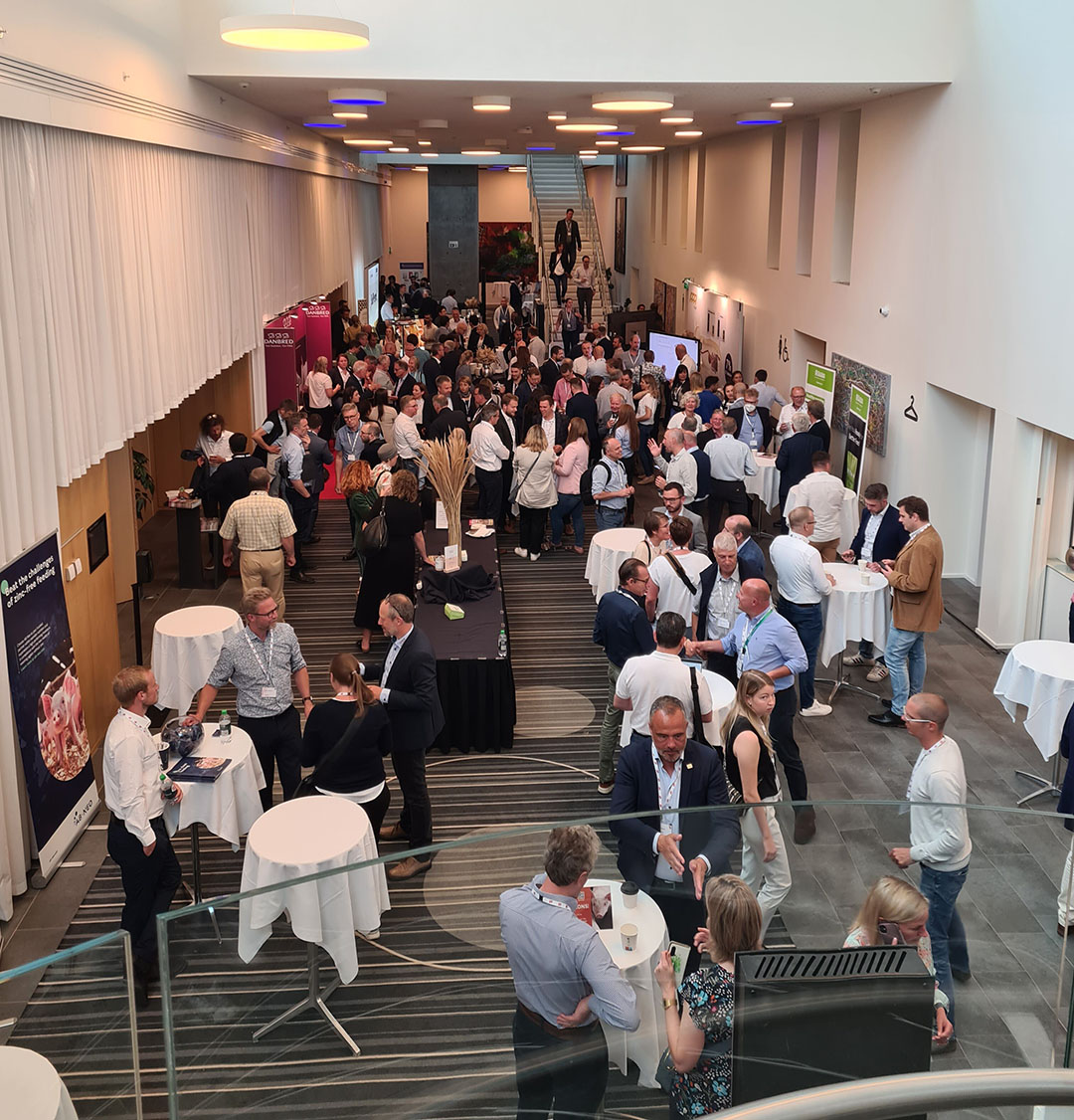
“Both feeding of the sow in gestation and lactation and supplementary feeding of the piglet has potential to establish a favourable intestinal environment at weaning, which may reduce antimicrobial use,” he said, adding that feed intake after weaning, is influenced by pre-weaning intake of feed.”
One of the strategies to increase creep feed intake is to wean piglets at an older age. Dr Pluske: “Pre-weaning feed intake will increase as the lactation length increases with the result that diarrhoea will be reduced.”
That statement was endorsed by Dr Charlotte Amdi, University of Copenhagen, Denmark: “At the moment, piglets are weaned with an immature digestive system.”
In her study, she determined the effect of liquid versus dry creep feeding and weaning age (4 versus 5 weeks). The results of this study showed that pigs weaned in the fifth week were 0.5 kg heavier than pigs weaned in the fourth week at 9 weeks of age. In addition, pigs given liquid feed weighed nearly 1 kg more than pigs given dry feed at nine weeks of age.
How does the microbiome work?
According to Prof Mick Bailey of the University of Bristol in the UK, one of the problems is that there is a lot unknown about how the microbiome works. He agrees with the fact that piglets are weaned too young when their mucosal immune system is still poorly developed.
“These animals don’t have the appropriate immune responses yet against pathogens. The active immune systems of young piglets are poorly developed and they seem to have a reduced ability to distinguish between harmless proteins and potential pathogens, mounting strong immune responses to dietary components.”
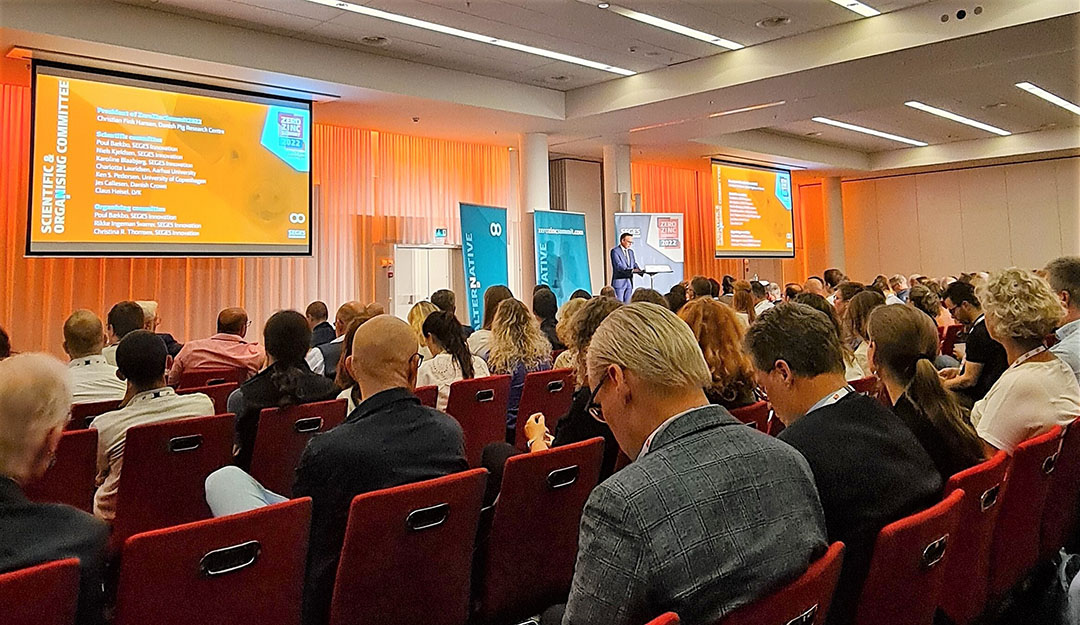
He added that the mucosal ecosystem will still develop in the first 8 weeks of life. “The early rearing environment has an impact on the development of important components of the immune system. And we still don’t fully understand the underlying mechanisms, like the impact from the environment or from nutritional interventions in detail.”
“With the restrictions on the use of medical zinc and antibiotics in Europe we need more tailor-made diets and apply an integrated approach that starts already around farrowing and will continue after the post-weaning period.” – Dr Francesc Molist of Schothorst Feed Research
That all together will contribute to low post-weaning performance and the occurrence of diarrhoea. Prof Bailey argued for more detailed studies that show why and how some interventions are successful and why others aren’t.
With so many factors impacting the early life of piglets, it is clear that moving to zero zinc asks for a totally new strategy. Dr Francesc Molist of Schothorst Feed Research in the Netherlands advocates a holistic approach: “With the restrictions on the use of medical zinc and antibiotics in Europe we need more tailor-made diets and apply an integrated approach that starts already around farrowing and will continue after the post-weaning period.”
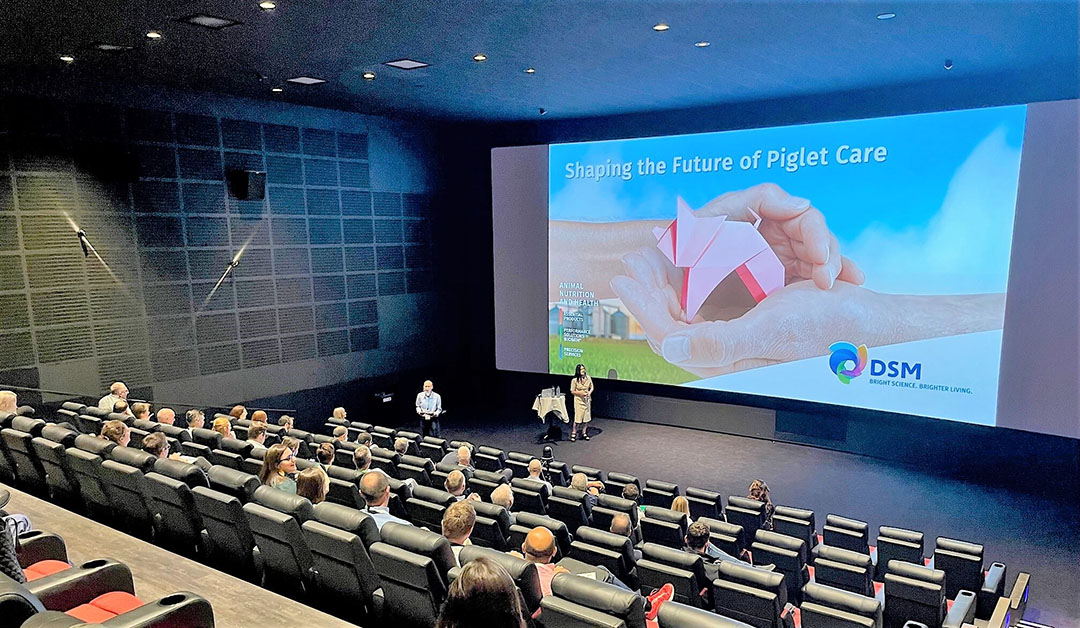
After the Zero Zinc Summit, it can be concluded that raising piglets without zinc requires looking at the total picture, evaluating the environment in which the piglets grow up and the associated stress factors (see box, ‘Welfare as a preventative medicine’), but also piglet diets (see box, ‘Getting proteins down and ZnO out’). That all to ensure that piglets have the chance to develop their microbiome. Zero zinc requires a healthy and well-developed gut.
 Beheer
Beheer

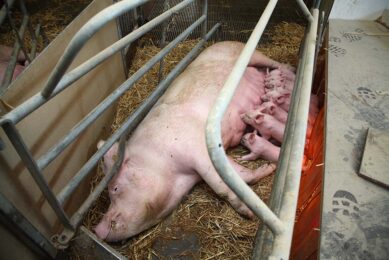
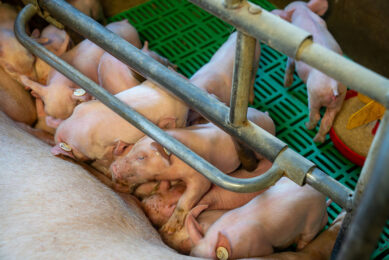
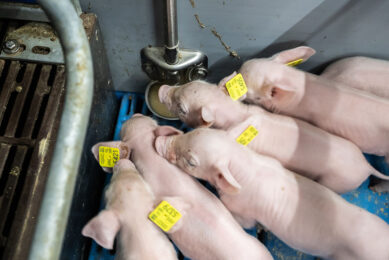




 WP Admin
WP Admin  Bewerk bericht
Bewerk bericht